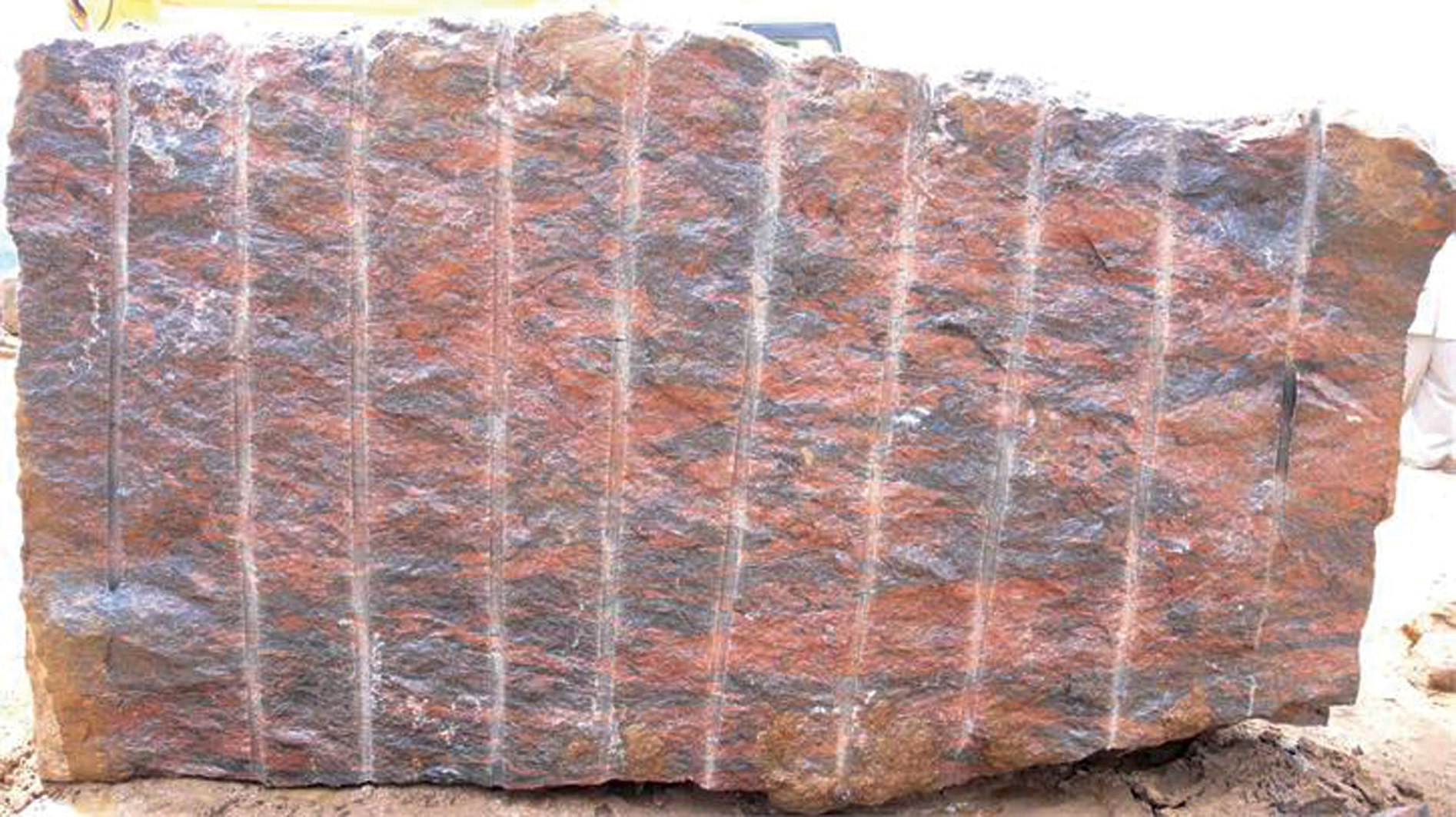Journeying Via Granite Quarries in South Africa: A Visual Odyssey
Journeying Via Granite Quarries in South Africa: A Visual Odyssey
Blog Article
Unearthing the Rich Background and Lasting Practices of Granite Quarrying
As we base on the precipice of discovering the complex tapestry of granite quarrying, a journey with time reveals not simply the physical act of extracting rock yet likewise the social and historic relevance woven right into the extremely textile of this method. From the old origins that laid the structure for modern-day quarrying techniques to the sustainable practices that are forming the future of this industry, each chisel mark on granite surface areas informs a story waiting to be unearthed (granite quarries in south africa). The heritage of granite quarrying extends far beyond simple removal; it is a testament to human resourcefulness, strength, and the long-lasting allure of this impressive stone
Ancient Origins of Granite Quarrying
Going back to old civilizations, the method of quarrying granite has been an integral component of human background and building advancement. The earliest evidence of granite quarrying go back to ancient Egypt, where massive pyramids and elaborate sculptures were crafted from this durable stone. The Egyptians utilized primitive devices to draw out granite blocks from quarries, showcasing the value of this material in their monumental buildings.
Moving on in history, the Greeks also made significant contributions to the quarrying of granite. The Greeks used granite in various architectural wonders, such as temples and sculptures, showing their skill in shaping and carving this sturdy stone. The Romans further refined the strategies of quarrying granite, using advanced devices like knives and hammers to remove and shape granite for their renowned structures.
Through the centuries, the technique of quarrying granite has advanced, with contemporary innovations boosting effectiveness while keeping the ageless charm of this natural stone - granite quarries in south africa. From old worlds to modern contractors, the legacy of granite quarrying remains to form our world
Development of Quarrying Methods
The development of quarrying methods has been marked by a constant progression in the direction of greater performance and precision in drawing out granite. Early quarrying techniques entailed hands-on labor with basic tools such as knives, hammers, and wedges to extract granite blocks from the planet.
Innovations in computer-controlled tools and 3D modeling have actually maximized quarrying procedures, leading to marginal ecological impact and boosted sustainability techniques. As the need for granite continues to climb, the evolution of quarrying strategies continues to be important to meeting market needs effectively and sustainably.
Cultural Significance of Granite
Granite holds a profound cultural importance across various civilizations as a result of its long-lasting existence in building work of arts and prized monoliths. From the majestic pyramids of Egypt to the detailed makings of the Angkor Wat holy place in Cambodia, granite has actually been a product of choice for expressing majesty and long life in social heritage. In old Rome, granite columns embellished temples and public buildings, signifying stamina and permanence. The cultural value of granite expands past its physical attributes; it embodies resilience, security, and timelessness, making it a symbol of sustaining legacies and practices.

Sustainable Practices in Quarrying
Among the abundant background of granite quarrying and its cultural significance exists an expanding emphasis on sustainable methods within the market. As environmental recognition and worries regarding source depletion have enhanced around the world, the quarrying market has significantly accepted sustainable methods to decrease its influence on the environment and bordering neighborhoods.

Furthermore, reclamation and recovery of quarry websites post-extraction are integral to lasting practices. By restoring quarried areas to a natural or useful state, such as producing wildlife environments or entertainment rooms, quarriers can counter the environmental footprint of their operations and add favorably to the neighborhood ecological community.
Heritage of Granite Quarrying
With a historical background soaked in craftsmanship and industrial progress, what sustaining influence has granite quarrying left on the landscape of modern-day culture? The heritage of granite quarrying goes beyond simple extraction techniques; it has actually formed building marvels, city landscapes, and social heritage worldwide. The long lasting nature of granite has made it a preferred selection for monoliths, structures, and infrastructure, standing as a testament to the ability and creativity of quarry workers throughout generations.
Moreover, the financial footprint of granite quarrying can not be overlooked. The sector remains to offer employment possibility and drive neighborhood economies in click reference regions where granite extraction prevails. It has also spurred technical developments in quarrying techniques and devices, bring about more reliable and sustainable techniques.
In terms of sustainability, the tradition of granite quarrying includes efforts to mitigate ecological influences via recovery tasks and responsible resource monitoring. By balancing economic passions with environmental stewardship, the industry aims to ensure that future generations can navigate to these guys continue to profit from this long-lasting all-natural resource.
Final Thought

Report this page